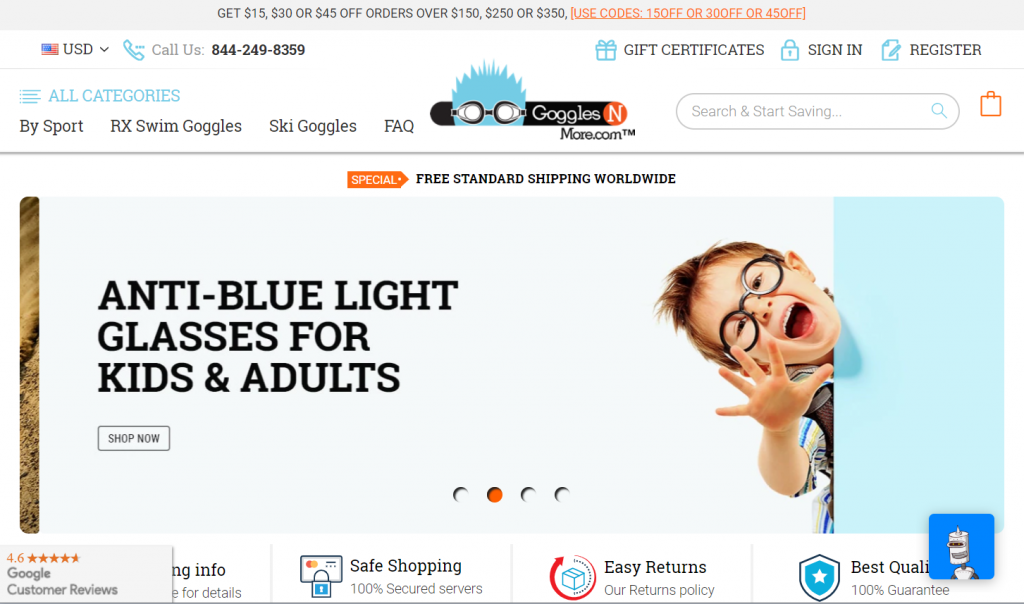[Case Study] This Company Automates 70% of Customer Support Requests with a Chatbot

“70% of our customer support requests are handled by the bot. ”
The biggest advantage of using a bot over other mediums (like forms or websites) is engagement. Conversational interfaces are more interactive and more human than a static webpage or form and as such customers find them more engaging. Generally, people see this and the immediate use case that pops into mind is lead generation. Increased engagement leads to increased conversions. But, what is often lost in this focus on lead generation is the other valuable applications of a bot’s engagement.
A great example of this is support bots.
For most businesses, the ideal support channel is a real human interaction, be this through a live chat, phone call, email or in person interaction. Answers are instant and easy to find. Also, there is something intangibly more reassuring about talking to someone who will give you the answer. Of course human interaction is often unfeasible. People need sleep, they fall sick, they have off days and they feel stress. Further still, the questions that are asked through support channels are often repeat questions that involve the support team giving the same answer over and over again through the day while other customers wait in line.
Now there are conventional ways to get around this.
For example, FAQ pages are a cheap solution. The idea behind these is that people who ask some of the frequent, repeat questions would simply read the answers on the page, while those with more specific questions could use the limited human resources available in the form of the live chat or call centre. But there is a significant problem with FAQ pages. They are tedious. Perhaps this is just me, but I have never felt positive feelings when confronted with an FAQ. Rather I feel a sense of dread. Minutes of searching for an answer I might not find. I can attest looking at our own web traffic statistics, that this is the case for most people.
Another option is using a service ticket model using something like Zendesk or plain old email. In this model, users can leave their query with the company to be followed up when possible by the support team. Of course, in the age of instant gratification, such a model is woefully slow.
I think a bot solves these issues.
Actually, I know it does.
The Case
Every few weeks, I make it a point to check in with some of our customers who are seeing the most use out of their bots. This past week I spoke to Alex from GogglesNMore, a sports eyewear provider. They used TARS to create an extensive support bot that supplements their call centre.
The Issue
Being a retailer with customers worldwide, GogglesNMore gets dozens of support requests throughout the day. Alex tells me that in the past this posed many of the same issues I described above.
- They faced several hours of downtime everyday outside of working ours and hiring more staff to man the support center around the clock was be too expensive.
- They had an FAQ page but customers wanted more instant support.
- Their service ticket approach, which they were using in addition to their FAQ page, led to messy email chains.
So they began experimenting with bots.
Six months in, the results have been promising
The Bot Effect

GogglesNMore has integrated the knowledge it gained from years of experience handling queries into an extensive support chatbot.
Today, when the support team is offline, users can still go to the FAQ section, but most choose instead to click on what Alex so flatteringly describes as a “pretty cool” looking TARS button in the bottom right corner of the page. The bot does its best to handle any questions customers might have. While it cannot answer every single one, it has a great deal of success with the generic, frequently asked questions. When a user has a more specific question that is not included in the conversational flow, the bot falls back to a service request model giving users the option of leaving them a message that can be followed up by email.
To quantify this benefit, Alex estimates that 70% of all customer support requests are generic that the bot can handle.
The result of this is that during offline periods, like when the support staff goes to sleep or when Hurricane Irma recently put their call centre out of service for several days, the bot “holds the fort,” providing the vast majority of users with the instant answers they need.
Conclusion
For most companies, human-based support interactions are a scarce resource. Chatbots, however, can stem most of this shortage. They are cheaper than hiring more staff, more engaging than an FAQ section and more immediate than accepting service tickets.
This is not to say that a chatbot is a perfect all-encompassing service tool. Natural Language Processing today is not good enough to understand and answer the ~20% of queries that are obscure or specific, and for this reason most businesses will still need a human support team in addition to the bot. But, in those times when the support team is offline or wait times are long, chatbots can pick up the slack and handle the remaining 80% of queries with ease.
Ish is the co-founder at Tars. His day-to-day activities primarily involve making sure that the Tars tech team doesn’t burn the office to the ground. In the process, Ish has become the world champion at using a fire extinguisher and intends to participate in the World Fire Extinguisher championship next year.
Chosen by 800+ global brands across industries
Recommended Customer Success stories

AI in banking: Croí Laighean Credit Union’s journey to efficient customer support

45% reduction in support requests: VM Group’s success with Conversational AI Agents

How Tata Motors Finance generated 69,000+ leads with strategic CX automation?

Our journey in a few numbers
With Tars you can build Conversational AI Agents that truly understand your needs and create intelligent conversations.
years in the conversational AI space
global brands have worked with us
customer conversations automated
countries with deployed AI Agents











